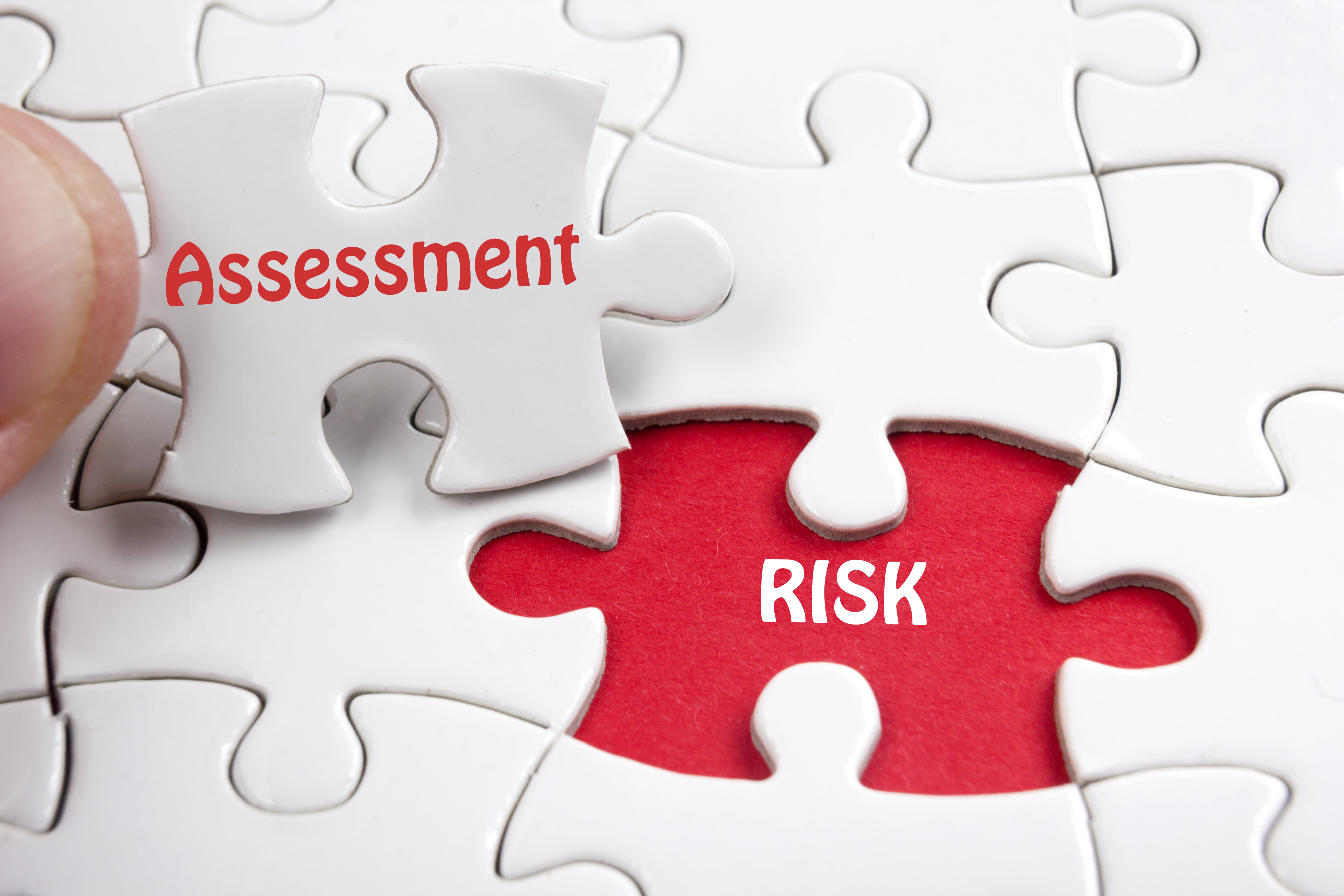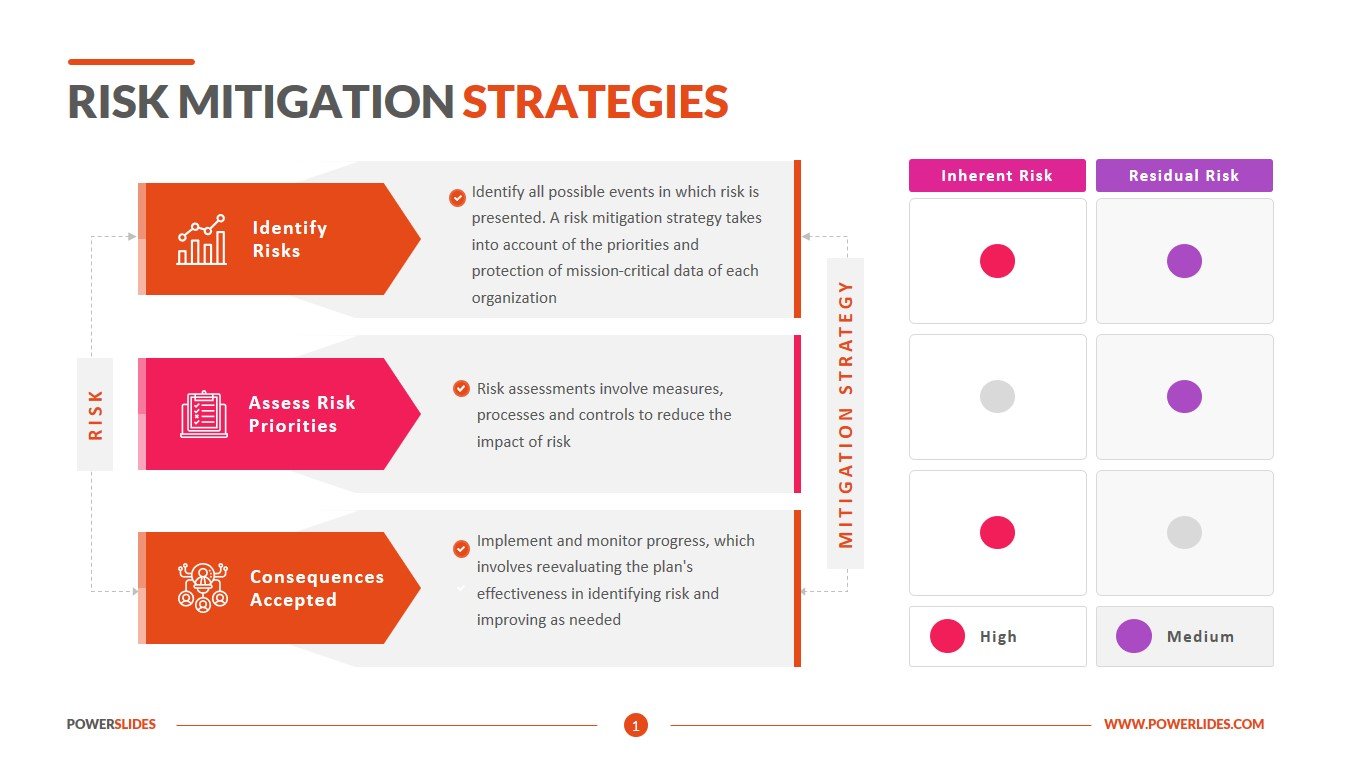Master Business Risk Management Strategies: Navigating Uncertainty with Confidence

In the dynamic world of business, uncertainty is the only certainty. From market fluctuations to cyber threats, businesses face a myriad of risks that can disrupt operations and jeopardize success. Imagine navigating a ship through stormy seas without a compass or a map. That's what managing a business without a robust risk management strategy feels like. But fear not! With the right tools and strategies, you can steer your business through any storm. Let's dive into the world of business risk management strategies and explore how you can turn potential threats into opportunities for growth.
Understanding Business Risk Management
Business risk management is not about eliminating risks—that's impossible. Instead, it's about identifying, assessing, and mitigating risks to minimize their impact on your business. It's like taming a wild horse; you can't change its nature, but you can learn to ride it.
What is Business Risk Management?
At its core, business risk management is a structured approach to managing uncertainty. It involves identifying potential risks, assessing their likelihood and impact, and developing strategies to mitigate or eliminate them. It's not a one-time activity but an ongoing process that evolves with your business.
Why is Business Risk Management Important?
Business risk management is not just about survival; it's about thriving. It helps you make informed decisions, protect your business, and capitalize on opportunities. According to a study by McKinsey, companies with advanced risk management capabilities outperform their peers by 25%.
Risk Assessment: Identifying Potential Threats
Before you can manage risks, you need to identify them. Risk assessment is like a health check-up for your business. It helps you diagnose potential issues before they become serious problems.
Conducting a Risk Assessment
Start by asking, "What could go wrong?" Consider everything from natural disasters to data breaches. The National Institute of Standards and Technology (NIST) provides a comprehensive guide on conducting risk assessments.
Risk Mapping
Once you've identified potential risks, map them out according to their likelihood and impact. This will help you prioritize your risk mitigation efforts. A risk map is like a treasure map, guiding you to the areas that need the most attention.
Risk Mitigation: Minimizing the Impact
Now that you've identified and assessed your risks, it's time to mitigate them. Risk mitigation is like building a fortress around your business, protecting it from potential threats.
Developing a Risk Mitigation Plan
Your risk mitigation plan should outline the steps you'll take to reduce the likelihood or impact of each risk. This could include implementing new policies, investing in technology, or training your staff.
Business Continuity Planning
Business continuity planning is a critical aspect of risk mitigation. It involves developing a plan to ensure your business can continue operating during and after a disruption. Think of it as a lifeboat for your business, keeping you afloat when the waters get rough.
Crisis Management: Responding to the Unexpected
Even with the best risk management strategies, crises can still occur. Crisis management is about being prepared to respond quickly and effectively when the unexpected happens.
Developing a Crisis Management Plan
Your crisis management plan should outline the steps you'll take to respond to a crisis. This includes identifying key personnel, establishing communication protocols, and developing contingency plans.
Crisis Communication
Effective communication is crucial during a crisis. It helps to manage expectations, maintain trust, and minimize damage. According to Harvard Business Review, the key to successful crisis communication is engagement, not just information.
Enterprise Risk Management: A Holistic Approach
Enterprise risk management (ERM) is a holistic approach to managing risks across an entire organization. It's like a symphony orchestra, with each instrument playing its part to create a harmonious whole.
The Benefits of Enterprise Risk Management
ERM provides a comprehensive view of all the risks facing your business. This helps you make better decisions, allocate resources more effectively, and achieve your strategic objectives.
Implementing Enterprise Risk Management
Implementing ERM involves integrating risk management into all aspects of your business, from strategy development to day-to-day operations. The Committee of Sponsoring Organizations of the Treadway Commission (COSO) provides a widely recognized framework for ERM.
Conclusion: Embracing Uncertainty
In conclusion, business risk management is not about avoiding risks but about embracing uncertainty. It's about turning potential threats into opportunities for growth. By understanding, assessing, mitigating, and managing risks, you can navigate the stormy seas of business with confidence.
Remember, risk management is not a destination but a journey. It's an ongoing process that evolves with your business. So, keep your eyes on the horizon, your hands on the wheel, and your compass pointed towards success.

FAQs
What is the difference between risk management and crisis management?
- Risk management is about identifying and mitigating potential risks before they occur, while crisis management is about responding to risks that have already materialized.
Why is business continuity planning important?
- Business continuity planning ensures that your business can continue operating during and after a disruption, minimizing downtime and maintaining customer trust.
What is enterprise risk management?
- Enterprise risk management is a holistic approach to managing risks across an entire organization, integrating risk management into all aspects of the business.
How often should I conduct a risk assessment?
- Risk assessments should be conducted regularly, at least annually, and whenever significant changes occur in your business or the external environment.
What is the role of communication in crisis management?
- Effective communication is crucial in crisis management. It helps to manage expectations, maintain trust, and minimize damage by keeping stakeholders informed and engaged.

With these strategies and insights, you're well-equipped to navigate the uncertainties of the business world. So, set sail with confidence, and may your journey be filled with opportunities and growth.

Belum ada Komentar untuk "Master Business Risk Management Strategies: Navigating Uncertainty with Confidence"
Posting Komentar